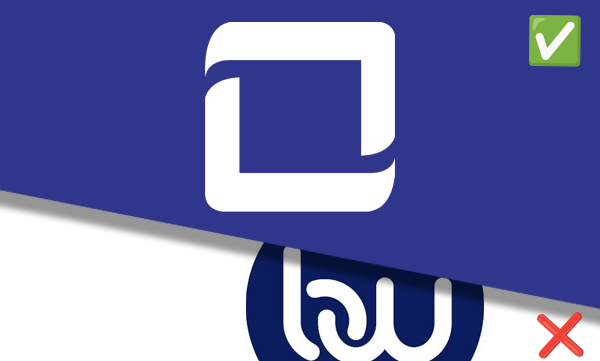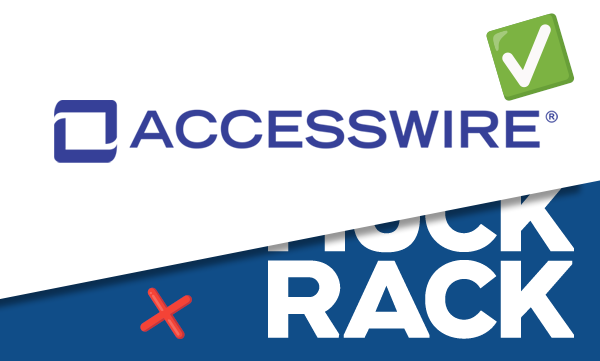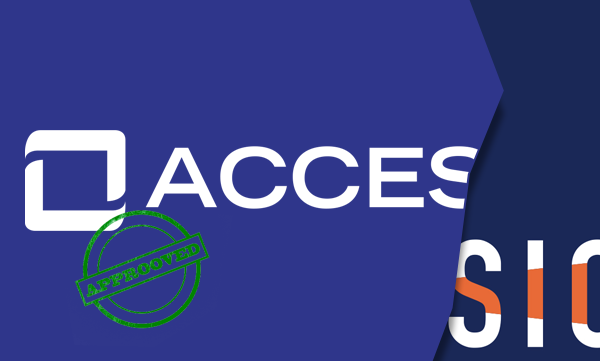12 PR Terms You Should Know
Every industry has its own unique terminology.
Some words are straightforward, while others make you stop and think.
Whatever the case, the public relations industry is no different.
A large portion of public relations focuses on press release distribution. And, to get the most out of your press release distribution services, it’s important you know the commonly used terms and what they mean.
In this blog post, we share 12 must-know PR terms.
Beat
This is the specific topic/subject matter a journalist covers.
Boilerplate
You can find the boilerplate at the end of a press release. It provides readers with a brief description of the company, what they do, and their mission.
A boilerplate is simple and straight to the point.
Think of it like an elevator pitch. Only the most important information the company wants its target audience to know about their brand is included.
Earned Media
This is content a brand hasn’t paid for or produced on their own.
Earned media is like word-of-mouth marketing and comes in the form of features, interviews, mentions, reposts, and more.
Check out our blog to learn more about the different media types.
Embargo
An embargoed press release is when a PR professional shares unpublished information with the media. The caveat is the information cannot be published before an agreed upon date and time.
Our blog, Embargoed Press Release: Best Practices Guide has more information.
Exclusive
An exclusive means a story will only be published by one specified publication.
More times than not, exclusives are given to larger publications that have greater reach.
Be aware there’s an unwritten rule that news cannot be shared with other publications until the original publication publishes its story.
Impressions
This is the total number of times a piece of content is either viewed or has the potential of being viewed.
This metric doesn’t track the number of people who click on or engage with your content. Rather, it’s a measure of who was exposed to your content.
Lead
Sometimes referred to as lede is the first sentence of the opening paragraph of a press release. The lead is meant to capture the reader’s attention and set the stage for the topic the content will address.
Media Advisory
This is a one-page invitation to an event that gets sent to the press. A media advisory provides a description of the event and covers the most important, high-level details of the event.
Learn more about the difference between a press release and media advisory here.
Media Kit
A media kit or press kit is a collection of company information that includes:
- Contact information
- Background information on products/services
- Press releases
- Relevant multimedia
- Company reports
- FAQs
- Awards
- Educational resources such as case studies and other notable publications
Not for Attribution
The phrase “not for attribution” means that when a source is sharing information with the media, they cannot and should not be quoted by name. General identifiers, like a “a company spokesperson” can be used instead.
On Background
This information can be published only under circumstances negotiated between the source and the journalist.
This means the information can only be paraphrased, not quoted, and attributed with less specificity, such as “a source close to the company” or “a source familiar with the matter.”
Pitch
This is a concise email, phone call or social media direct message that shares the highlights of a press release. The goal of a media pitch is to pique the interest of the journalist and secure earned media attention.
Our blog Pitch Perfect: Media Pitching Basics and Best Practices shares all the information you need to know.
At ACCESSWIRE, we offer press release distribution services for private companies, public companies, and agencies. With over 15 years of experience in the industry, we understand how to increase your press release exposure, reach your target audience, and grow your business. Connect with us today to get started.
Similar Blog Posts



PRODUCTS
ACCESSWIRE | All Rights Reserved


